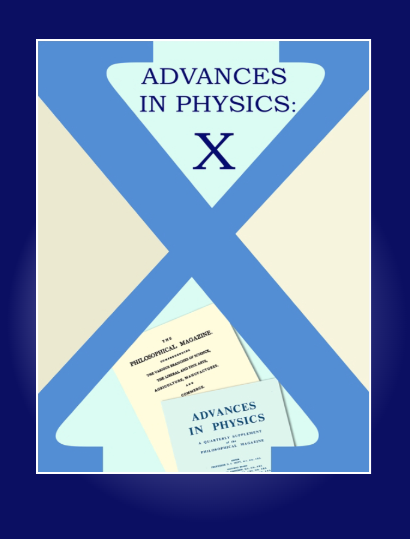Cells nanomechanics by atomic force microscopy: focus on interactions at nanoscale
IF 10.8
2区 物理与天体物理
Q1 PHYSICS, MULTIDISCIPLINARY
引用次数: 24
Abstract
ABSTRACT Nanomechanics of cytoskeleton is deeply involved in physiology and regulation of cell behavior. Atomic Force Microscopy has been extensively used for quantitative characterization with high-spatial resolution, in particular showing tremendous opportunities in biomechanics by quantifying mechanical parameters related to cytoskeleton organization. In this short review, we highlight recent developments in cell nanomechanics by AFM focusing on methodology and direct application to investigate cytoskeleton restructuration when cells are interacting with nanostructures (surfaces and nanoparticles). In particular, cells can sense the stiffness of environment or internalized particles and AFM can detect the rearrangement of cytoskeleton as one of the responses of mechanotransduction stimuli. Current bottlenecks hindering further progress in technology, such as theoretical models of interpretation will be discussed, in particular we propose a solution for complex system by coupling AFM with finite element simulations to retrieve more quantitative information when heterogeneity and convolution play important roles. Finally, we present recent cutting-edge research directions to explore new techniques and enhance the capabilities of AFM nanomechanics for living cells. GRAPHICAL ABSTRACT原子力显微镜下的细胞纳米力学:关注纳米级的相互作用
细胞骨架的纳米力学深入参与细胞的生理和行为调控。原子力显微镜已广泛用于高空间分辨率的定量表征,特别是通过量化与细胞骨架组织相关的力学参数,在生物力学方面显示出巨大的机会。在这篇简短的综述中,我们重点介绍了AFM在细胞纳米力学方面的最新进展,重点是方法和直接应用,以研究细胞与纳米结构(表面和纳米颗粒)相互作用时的细胞骨架重构。特别是,细胞可以感知环境或内化颗粒的刚度,AFM可以检测细胞骨架的重排,作为机械转导刺激的反应之一。我们将讨论当前阻碍技术进一步发展的瓶颈,例如解释的理论模型,特别是我们提出了一种解决方案,通过将AFM与有限元模拟相结合,在异质性和卷积发挥重要作用时检索更多的定量信息。最后,我们提出了最新的前沿研究方向,以探索新技术,提高AFM纳米力学对活细胞的研究能力。图形抽象
本文章由计算机程序翻译,如有差异,请以英文原文为准。
求助全文
约1分钟内获得全文
求助全文
来源期刊

Advances in Physics: X
Physics and Astronomy-General Physics and Astronomy
CiteScore
13.60
自引率
0.00%
发文量
37
审稿时长
13 weeks
期刊介绍:
Advances in Physics: X is a fully open-access journal that promotes the centrality of physics and physical measurement to modern science and technology. Advances in Physics: X aims to demonstrate the interconnectivity of physics, meaning the intellectual relationships that exist between one branch of physics and another, as well as the influence of physics across (hence the “X”) traditional boundaries into other disciplines including:
Chemistry
Materials Science
Engineering
Biology
Medicine
 求助内容:
求助内容: 应助结果提醒方式:
应助结果提醒方式:


